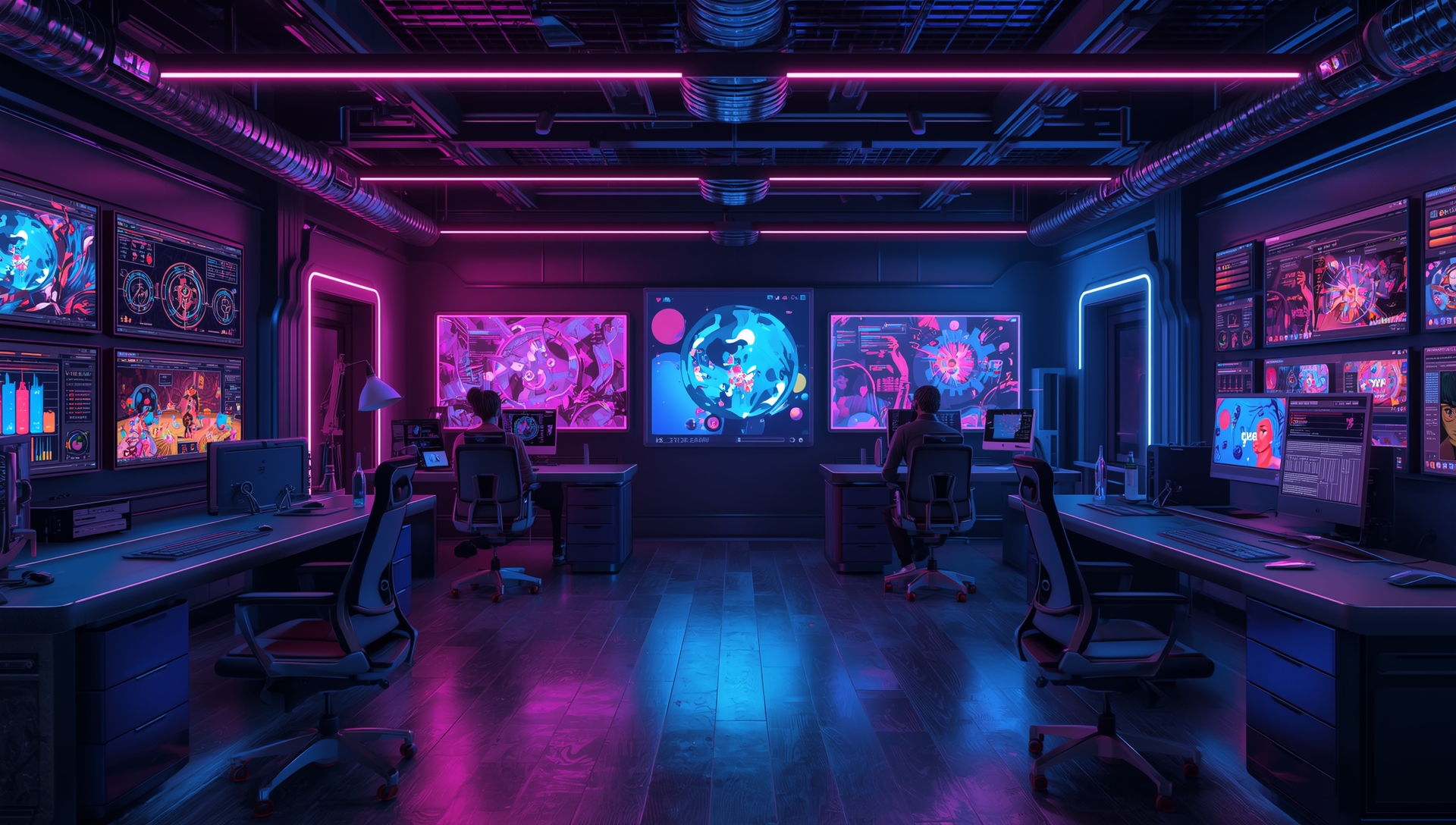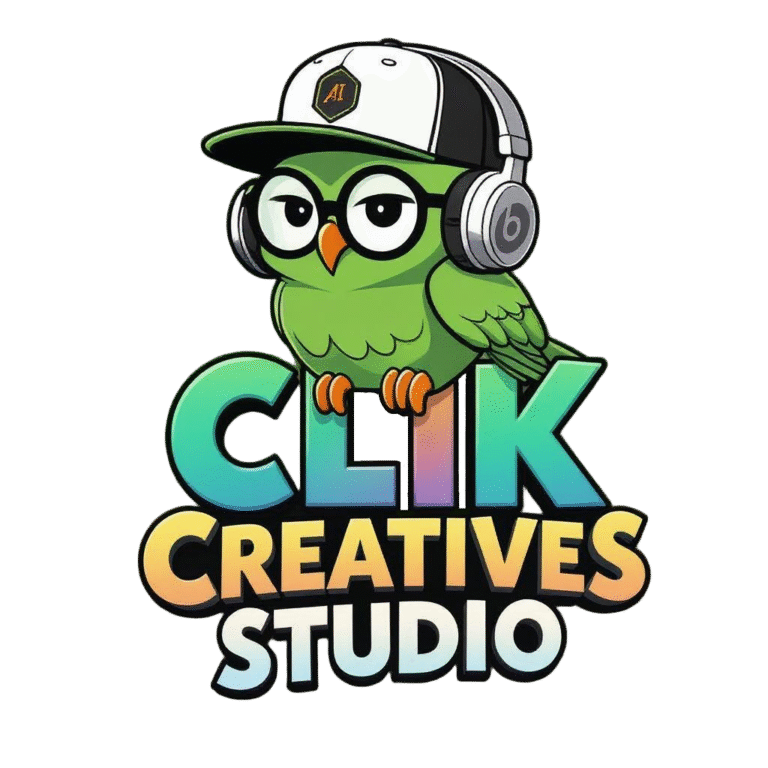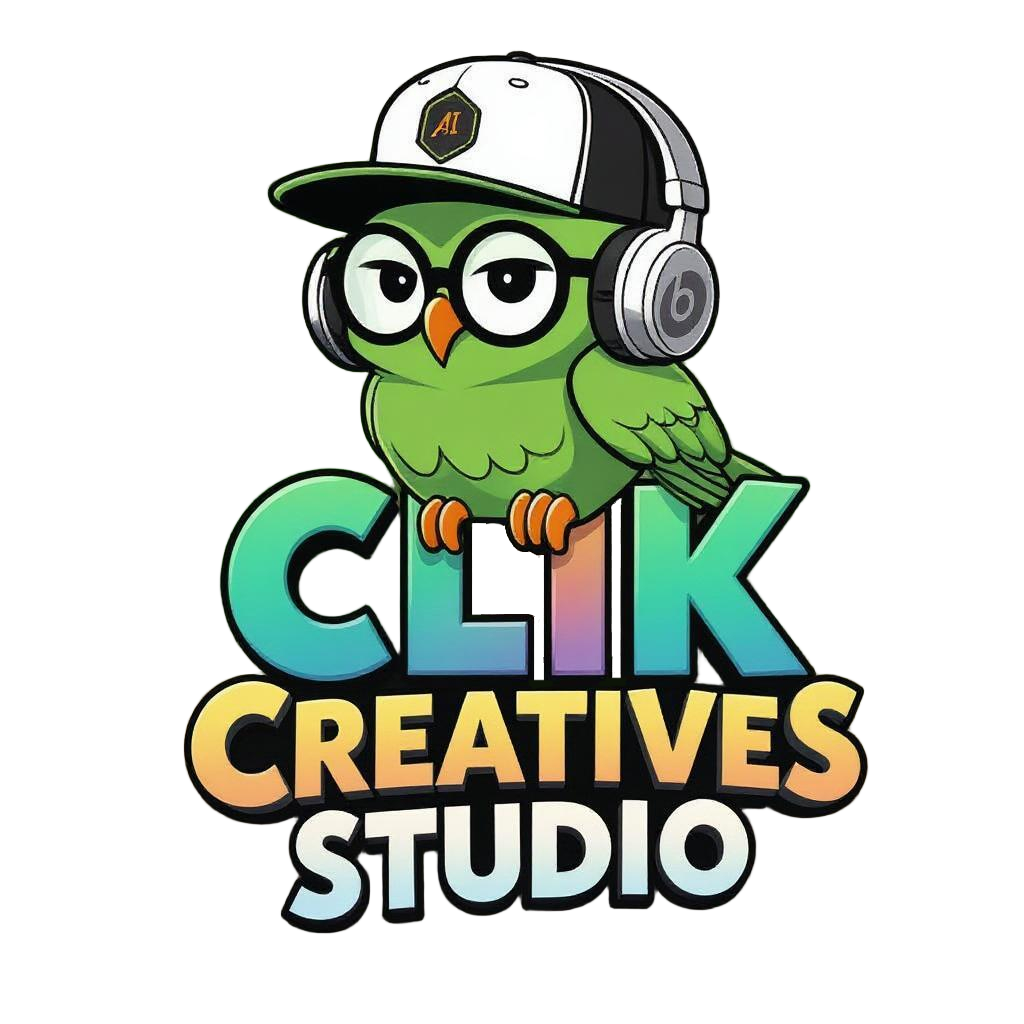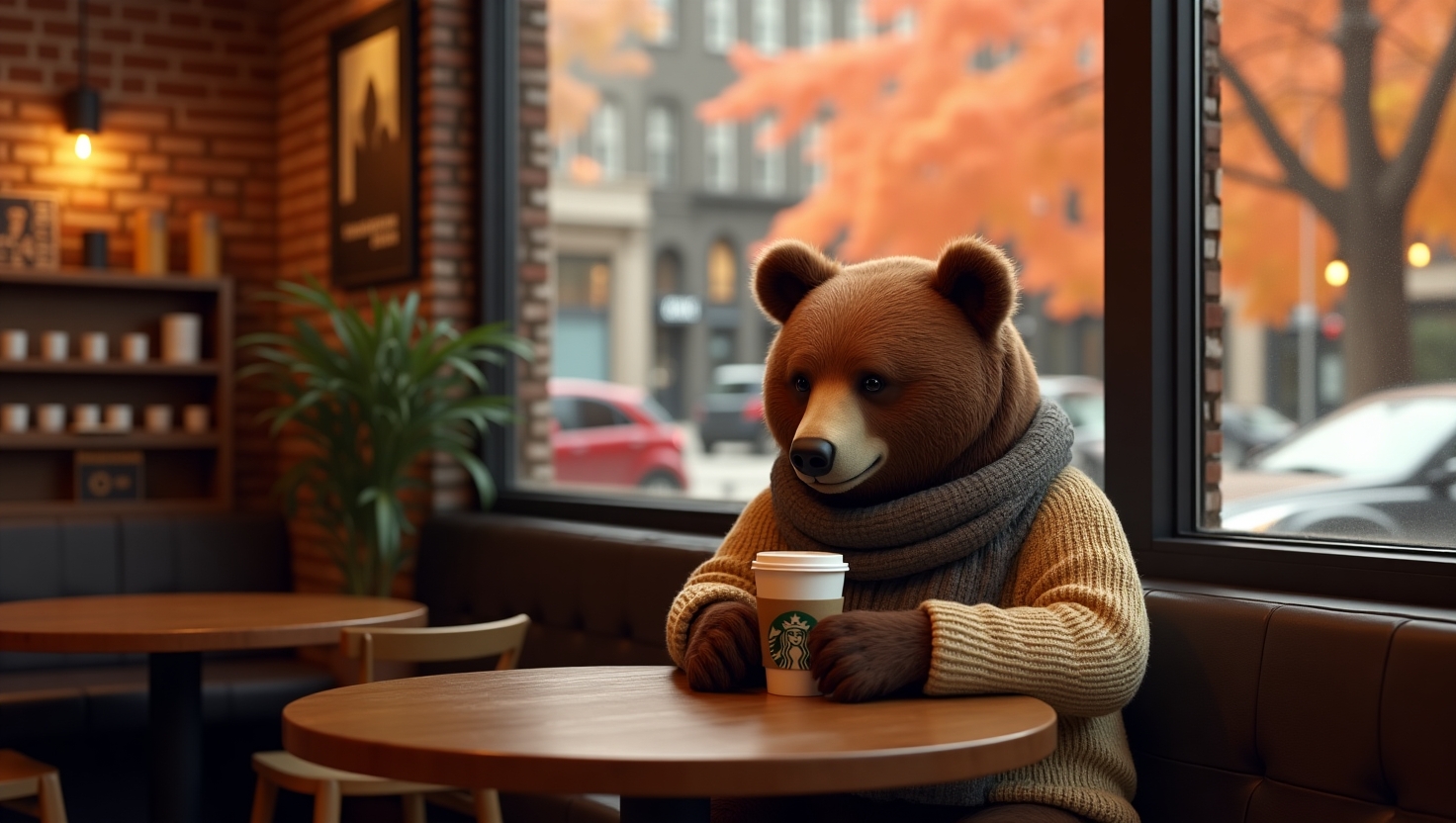
Best AI Tools for Graphic Designers in 2025
Why AI Matters for Graphic Designers in 2025 The world of design is moving at warp speed. A decade ago, graphic designers debated whether Canva would replace Photoshop. Today, the conversation has shifted: AI tools for graphic designers are everywhere, and clients expect fast turnarounds, polished visuals, and scalable creativity. But here’s the truth: AI isn’t the villain in this story. It’s not here to replace designers — it’s here to support them. Think of AI as your studio assistant: it helps you resize, ideate, mock up, and iterate so you can stay focused on what really matters — solving problems creatively. Why are these tools so important in 2025? This is why the best AI tools for graphic designers are game-changers. They make it possible to create faster, experiment more, and deliver consistent results — whether you’re a freelancer, in-house creative, or running your own studio. Category 1: Illustration & Creative Concepting When it comes to bringing ideas to life, AI tools for graphic designers have revolutionized concepting. Instead of sketching for hours, designers can now prompt AI to generate dozens of iterations in minutes. Two standouts here are Leonardo AI and OpenArt AI. Leonardo AI – Consistent, Branded Visuals Leonardo AI is one of the most versatile AI tools for graphic designers because it balances artistry with brand consistency. Unlike MidJourney, which focuses on cinematic flair, Leonardo allows you to lock in specific brand colors, logos, and character designs — making it ideal for client work. Features: Workflow Example: Imagine you’re designing for a beverage brand. Instead of waiting for a photographer, you can generate seasonal mockups — summer beach cans, holiday packaging, Valentine’s editions — in a few clicks. 👉 Try Leonardo AI here and start generating brand-ready visuals. OpenArt AI – Flexibility With Community Prompts OpenArt AI thrives on flexibility. Its unique edge is the prompt marketplace, where you can borrow tested ideas from other creators. This makes it a goldmine for inspiration. Features: Workflow Example: A festival design agency could browse the marketplace for “concert posters” and instantly test 10 new ideas. Instead of starting with a blank canvas, they’re starting with proven prompts. 👉 Explore OpenArt AI here to tap into flexible styles and community ideas. Category Takeaway: Among AI tools for graphic designers, Leonardo AI is best for polished, consistent brand visuals, while OpenArt AI shines when you want to brainstorm and experiment. Category 2: Branding & Marketing Assets Branding is where design meets strategy, and AI tools for graphic designers are making it faster to produce professional content without draining resources. Canva AI – Design Made Simple Canva AI remains one of the most widely used AI tools for graphic designers, particularly for small businesses, social managers, and non-designers. Features: Workflow Example: A café can design a seasonal latte poster in Canva AI, resize it for Instagram and email in one click, and publish directly to social — all in under an hour. 👉 Start with Canva AI here and simplify your design process. Adobe Firefly – AI Inside Creative Cloud Adobe Firefly is Adobe’s AI suite, directly integrated into Photoshop and Illustrator. It makes AI a seamless part of your professional workflow. Features: Workflow Example: A packaging designer could use Firefly’s Generative Fill to instantly swap backgrounds or seasonal elements across 50+ SKUs — saving days of manual editing. 👉 Already an Adobe user? Check out Adobe Firefly. Category Takeaway: Canva AI offers speed and accessibility, while Adobe Firefly is one of the best AI tools for graphic designers working in professional-grade workflows. Category 3: Product Mockups & Realism Product visualization is one of the most exciting areas where AI tools for graphic designers excel. Two strong options are Google’s Nano Banana and OpenAI’s DALL·E 3. Google Nano Banana – Fast & Accessible Google’s Nano Banana is built for speed. It delivers visuals in seconds without requiring high-end systems, making it one of the most approachable AI tools for graphic designers today. Features: Workflow Example: A freelance designer could generate product mockups directly inside Google Slides to pitch packaging ideas during client meetings. 👉 Learn more in our Nano Banana deep dive or sign up for Google Labs here for free early access. DALL·E 3 – Easy and Integrated DALL·E 3 remains popular thanks to its integration with ChatGPT. Features: Workflow Example: A brand strategist can brainstorm mood boards by chatting in ChatGPT and exporting DALL·E images into presentations. 👉 Try DALL·E 3 here to add fast visuals to your workflow. Category Takeaway: Among AI tools for graphic designers, Nano Banana excels at speed and accessibility, while DALL·E 3 offers simplicity and beginner-friendly workflows. Category 4: Advanced Artistry & Conceptual Design When you need visuals that go beyond practical and into cinematic artistry, one tool dominates the AI tools for graphic designers space: MidJourney. MidJourney – Artistic Depth MidJourney is widely considered the most artistic AI tool on the market. It excels at stylized, cinematic outputs. Features: Workflow Example: A creative director could use MidJourney to generate concept posters for a video game pitch deck, creating visuals strong enough to sell the vision. 👉 Explore MidJourney here if you want bold, cinematic design outputs. Category Takeaway: MidJourney remains the most artistic of all AI tools for graphic designers, perfect when impact and creativity matter most. Which AI Tool Fits Which Designer? 👉 Related: Learn how these tools connect with smart content repurposing strategies. FAQs About AI Tools for Graphic Designers Q: Do AI tools replace designers?No — they’re assistants, not replacements. The best AI tools for graphic designers help with drafts and iterations, but still require creative direction. Q: Can I use AI images commercially?Yes, most platforms allow it, though licensing terms vary. Q: Which AI tools for graphic designers are best for beginners?Canva AI and DALL·E 3 are the easiest starting points. Q: Which AI tools for graphic designers are best for branding projects?Leonardo AI and Adobe Firefly are strongest for brand consistency. Q: Which tool is the most


